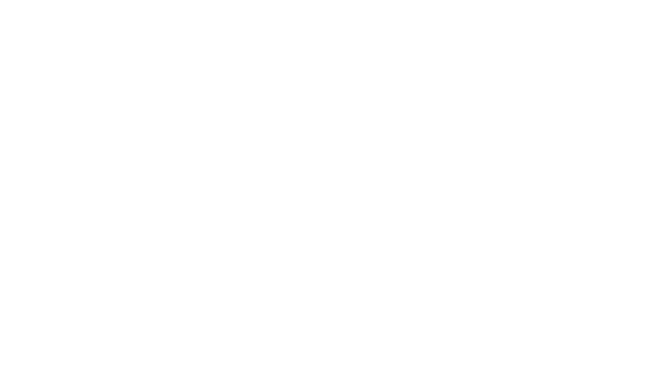Integrated Computational Materials Engineering (ICME)
SHPB Experiment Protocol
The cylindrical specimen was placed between the incident and transmitted bars, and the striker bar was launched to strike the incident bar using a pneumatic pressure system. As the striker bar impacted the incident bar, a compressive wave was generated and propagated down the incident bar where it reached the specimen. At this point, when the stress wave impacted the incident bar-specimen interface, a portion of the wave was reflected back into the incident bar as a tensile wave. The remainder of the compressive wave was transmitted through the specimen and into the transmitted bar.

Schematic of (a) Experimental set up for Split-Hopkinson Pressure Bar (SHPB) tests and (b)FE model simulation sample dimensions, with a sample. alphaR and betaR for the simulations were maintained at 3.0 and 1.2.
The incident, reflected and transmitted waves were measured by strain gages located on the incident and transmitted bars. The setup was implemented with polymeric (versus metallic) bars, because of their benefit in eliciting smoother, more noise-free curves (Dharan et al., 1970)[1]. A more detailed description of the SHPB setup and manufacturer information is presented in The theory of SHPB Experiment. Incident, reflected and transmitted strain measurements, at different strain rates, were then used to calculate the mechanical response. DAVID Viscoelastic, developed by Gary et al. (1995), was used to post-process the strain measurement data to obtain the mechanical response of porcine brain specimens. Inclusion of viscoelastic dispersion for SHPB rod wave formulation and implementation of methods specified by Zhao et al. (1997) enabled us to obtain dynamic force equilibrium during the test. The formulation used for evaluating stress-strain behavior in DAVID Viscoelastic is described in The theory of SHPB Experiment.
Reference
1. Dharan, C. K. H. and Hauser, F. E., (1970), “Determination of stress-strain characteristics at very high strain rates”, ExpMech, 6 10 pp. 370-376.
